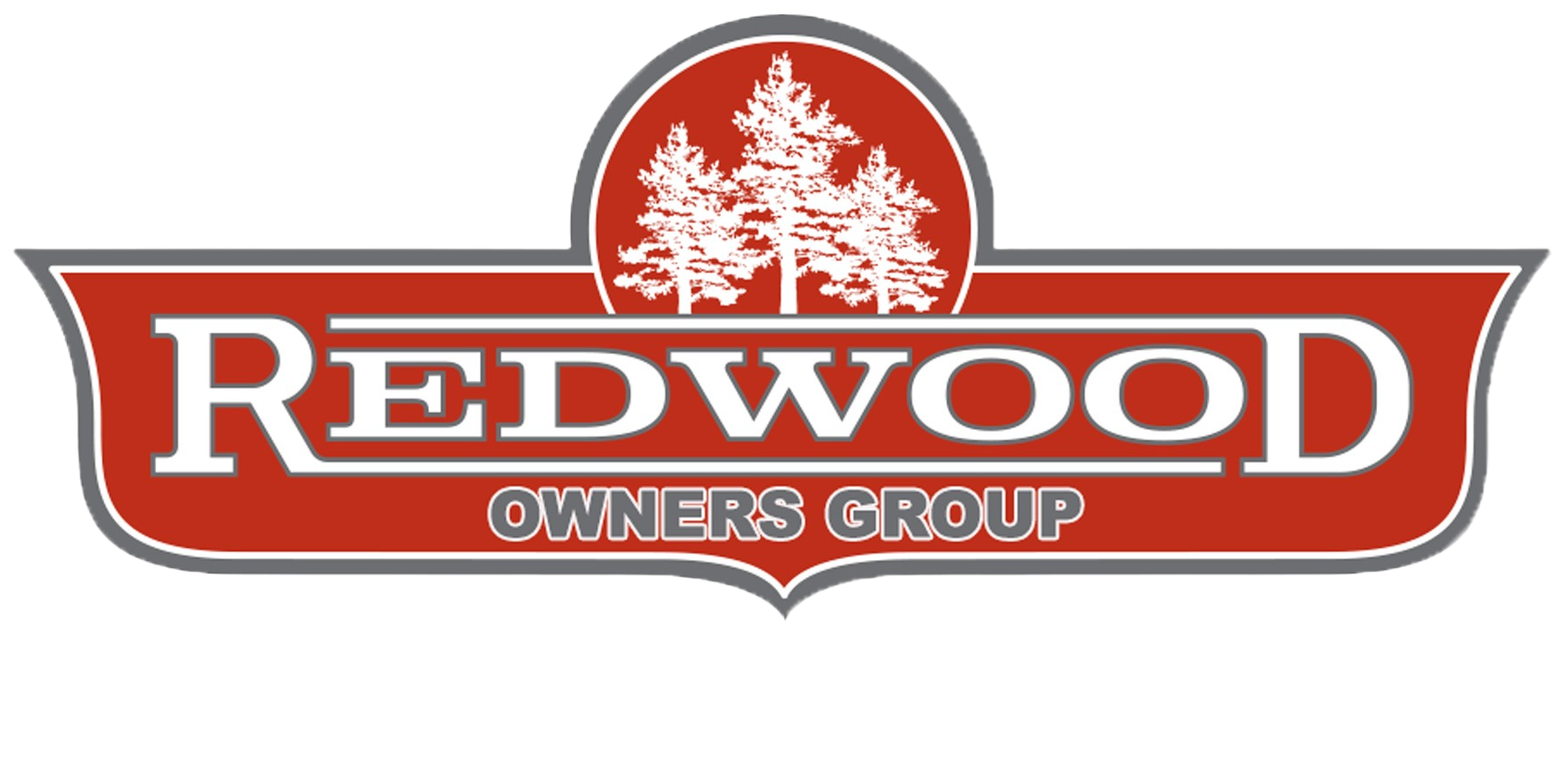Hello. Has anyone installed aftermarket tank heaters on their coaches? My coach did not come with the factory optioned tank heaters. While I have not experienced black or grey tank freezing, I have experienced freezing of the valves and I suspect some freezing of the water in the fresh water tank. It seems that at ambient outdoor temperatures of near zero that the underbelly is near freezing even with the propane furnace set to 70 degrees F. I think I've decided come summer I'm just going to bite the bullet and install electric tank heaters, electric tank valves and valve heaters. I"m looking for anyone who has experience with certain brands of heat pads? Also, some heating pads are 12 volt DC, 110 volt AC or both. I'm not sure what would be best. I have extra unused 12 volt fused circuits in my converter that I can use to wire 12 volt pads but would have to just use the direct plug in pig tails if I went with 110v AC pads. What type are the factory tank heat pads? Does anyone know the size of pads on a 2018 GK? If anyone has experience doing this I'd sure appreciate any insight. Thanks!
The factory heat pads were very rare. In fact they didn't offer them on our 2014 (early 2014) and I think Redwood started offering them after some suggestions from ROG. I've only heard of 1 rig that actually got them.
The factory heat pads were very rare. In fact they didn't offer them on our 2014 (early 2014) and I think Redwood started offering them after some suggestions from ROG. I've only heard of 1 rig that actually got them.
Well I guess I'll just be the guinea pig for adding these items to my coach then! lol!
you may want to entertain both 12 volt and 120v heater. 99% of the time you will be using 120v but if your on the road a 12vdc heater much smaller size maybe helpful. just a though , I will be on the road mid march leaving MA and heading to MorRyde for them to do IS . I will be traveling with fresh water.
For the most part, any factory tank heaters are from Ultraheat. That's who supplied the ones on our motorhome. Choose your voltage carefully. The 13.5 volt will run off the batteries, but will deplete them rather quickly. The 120 volt models naturally will require shore power, or a generator. I wouldn't run them off of an inverter. That would deplete your batteries even faster.
My primary use would be while I'm connected to shore power in the winter months and would not be moving. If I elected the 12 volt route and I'm connected to shore power wouldn't the converter keep the batteries fully charged even though the heaters are running off the batteries? That way I get all the benefits of the heaters even if I did have to travel. Perhaps it's worth the money to buy the heaters that are both DC and AC.
Yep.
You would have to do some math. If you hooked up the 12v tank heaters to your converter, it would probably take too much of a bite out of the capacity (I think our Redwood was 100A). If you hooked direct to the batteries, they most likely would discharge the batteries faster than the charger could charge them.
The dual voltage would be the better bet.
You would have to do some math. If you hooked up the 12v tank heaters to your converter, it would probably take too much of a bite out of the capacity (I think our Redwood was 100A). If you hooked direct to the batteries, they most likely would discharge the batteries faster than the charger could charge them.
The dual voltage would be the better bet.
Yes my DC section is rated at 100 amps but I guess I'd have to calculate the actual DC load in my coach based on actual consumption of the device on each circuit. The DC converter section in my coach has 18 total fused circuits of which 5 are unused. Two of the unused are labeled "bed lift" at 30 amp each and three are unlabeled. My coach does not have the bed lifts. I'm assuming if I had the bed lifts the 60 amps for those two circuits would be fine with the existing DC load. The existing circuits are 12 15 amp fused circuits and 1 20 amp fused circuit. Obviously all DC devices are not being used at once so how does one calculate a safe load on the converter?
Bed lift? Wow, that may go back to their first toy hauler (39HH) they made in 2012, or that may be used for other Crossroads RVs.
Anyway, if you can add up those circuits you would normally use and total them, or put an ammeter on the main cable out of the converter and read the load during a normal use configuration, that would give you an idea of how much of that 100 amps you use normally and what you have left. Technically you want to stay around 80% of that 100 amps, or 80 amps to give yourself a little room at the top for abnormal times.

